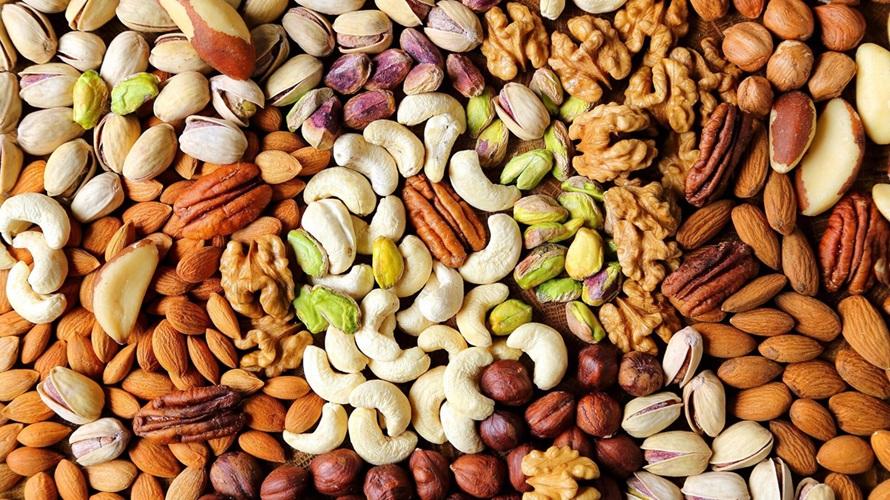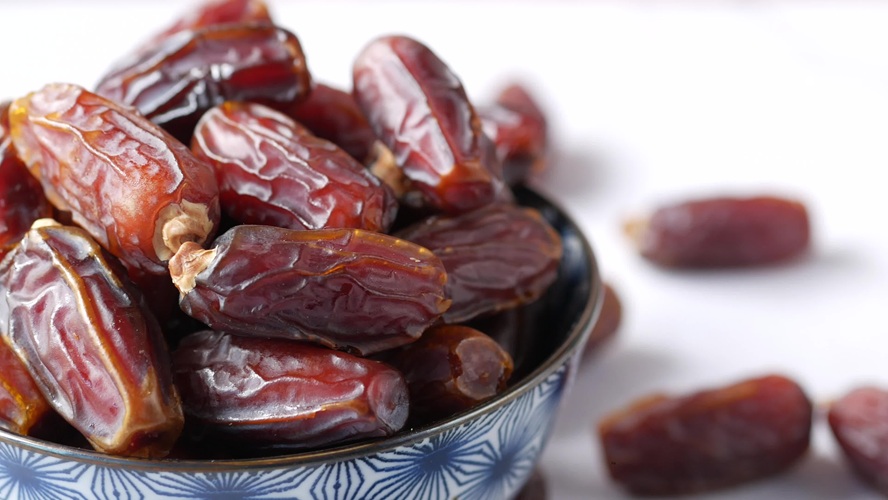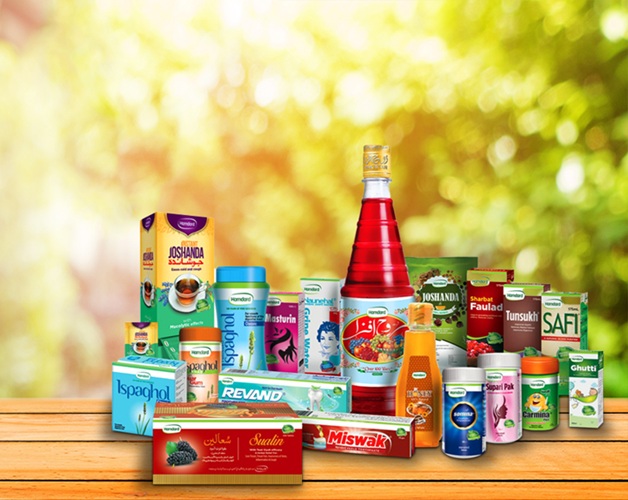Maeeshat News Network | Mumbai
India’s dry fruits market is thriving, driven by a growing appetite for healthy, convenient snacks and a cultural affinity for nutrient-rich foods. As the world’s largest importer of dry fruits, India consumes a vast array of products like almonds, cashews, dates, and raisins, fuelled by rising health consciousness, urbanization, and festive demand. However, despite favourable climatic conditions in some regions, domestic production lags behind imports due to quality and infrastructure challenges.
India as a Consumer of Dry Fruits
Dry fruits, including almonds, cashews, walnuts, pistachios, raisins, and dates, are integral to Indian cuisine and culture. They feature in festive sweets, daily snacks, and religious practices, particularly during Ramadan, Diwali, and Navratri. With a population of 1.44 billion, India’s consumption is substantial, with per capita intake estimated at 0.5-0.7 kg annually, higher in urban areas like Mumbai, Delhi, and Bengaluru. A 2023 report noted a 25% increase in dry fruit consumption, driven by post-COVID health awareness, as consumers sought nutrient-dense foods to boost immunity.
The Muslim community, constituting 14.2% of the population, significantly drives demand during Ramadan, with dates and almonds used to break fasts. Meanwhile, urban millennials and Gen Z, influenced by fitness trends, incorporate dry fruits into smoothies, energy bars, and vegan diets, as seen in posts on social media in 2025. The rise of e-commerce platforms like BigBasket, Faraan Fresh Foods and Amazon, reporting a 15% year-on-year increase in dry fruit sales, has made these products accessible across tier-2 and tier-3 cities, further boosting consumption.
Health consciousness is a key driver. Dry fruits are rich in fiber, vitamins, minerals, and antioxidants, appealing to consumers combating lifestyle diseases like obesity and diabetes. For instance, almonds are prized for their protein and vitamin E content, while dates offer natural sweetness and energy. The trend of substituting traditional sweets with dry fruit gift packs during festivals, as noted by Professor Ranjan Kumar Ghosh of IIM Ahmedabad, underscores their growing popularity.
Which Country’s Dry Fruits Are Preferred?
India imported $2.85 billion worth of dry fruits in 2023, accounting for 11.2% of global nut imports, making it the top importer. The United States leads exports to India with a 35% share ($1 billion), followed by Ghana ($242.4 million), Côte d’Ivoire ($228.5 million), Togo ($182.2 million), and Tanzania ($118.5 million). Other significant suppliers include Afghanistan, Turkey, Iran, and Thailand.
United States: American almonds and walnuts dominate due to their consistent quality, large size, and advanced processing. California’s almond exports to India grew 6% in 2023, driven by demand for nutrient-rich snacks.
Middle Eastern Countries: Saudi Arabia, UAE, and Iran supply premium dates like Medjool, Ajwa, and Mazafati, valued for their soft texture and rich flavor. Their halal certification aligns with Muslim consumer preferences during Ramadan.
Afghanistan: Known for pistachios and almonds, Afghanistan’s share has declined due to inconsistent quality compared to U.S. standards, as noted by the Indian-Afghan Chamber of Commerce.
Turkey: Turkish hazelnuts and dried figs, introduced in 2025 via campaigns with the Nuts & Dry Fruits Council of India, are gaining traction for their quality and novelty.
Consumers prefer imported dry fruits for their uniform size, taste, and packaging. U.S. almonds, for instance, are favored for their crunch and nutritional consistency, while Middle Eastern dates are sought for their freshness and cultural significance. Posts on X in 2025 highlight Indian consumers’ preference for “premium” imported varieties over local ones, often criticized for being “small” or “less flavorful.”
The Size of India’s Dry Fruits Market
The Indian dry fruits market was valued at $9.3 billion (₹77,000 crore) in 2024 and is projected to reach $12.7 billion (₹1.05 lakh crore) by 2029, with a CAGR of 6.55%. Some estimates, like Indian Retailer’s, project a higher CAGR of 11%, reaching ₹1.7 trillion by 2028. The market is segmented into retail (60%), food processing (25%), and institutional buyers (15%), with cashews (50% of imports), almonds, walnuts, and dates as top categories.
Imports dominate, meeting 80% of demand, with almonds and walnuts leading retail sales. The market’s growth is fueled by rising disposable incomes, urbanization, and e-commerce expansion, with platforms like Zepto and Instamart driving accessibility in tier-2 cities. Festive seasons see a 20-30% sales surge, particularly in North India and Muslim-majority areas like Hyderabad and Mumbra. The unorganized sector, including kirana stores, accounts for 70% of retail sales, while brands like Haldiram’s, Patanjali, and Nutraj lead the organized market.
Why Indian Dry Fruits Lag Behind
Despite India’s potential for dry fruit cultivation in regions like Kashmir (almonds), Maharashtra (raisins), and Gujarat (dates), domestic production struggles:
Limited Varieties and Scale: India produces only 50,000-60,000 metric tons annually, compared to imports of over 400,000 tons. Local varieties, like Kashmir’s smaller almonds, lack the appeal of U.S. or Middle Eastern counterparts. Date production in Kutch is limited to Barhi, less preferred than imported Medjool.
Outdated Farming Practices: Indian farmers often use traditional methods, lacking access to drip irrigation or pest control. A 2023 ICAR report highlighted uneven ripening and low yields due to poor soil management and water scarcity.
Inadequate Infrastructure: Post-harvest processing, including drying and packaging, is substandard. Unlike U.S. freeze-drying or Middle Eastern automated sorting, Indian dry fruits often rely on sun-drying, leading to inconsistent quality. Poor cold storage shortens shelf life, deterring consumers.
Low Investment: Dry fruit cultivation requires ₹2-3 lakh per hectare and a 3-5 year gestation period, discouraging farmers. Government subsidies, like those under the 2024 Mission for Integrated Development of Horticulture, are underutilized, with only 8% allocated to dry fruits.
Consumer Perception: Indian dry fruits are perceived as inferior, with X posts in 2025 describing them as “dry” or “tasteless” compared to imported varieties. High import tariffs (30-100%) make local products cheaper (₹200-₹800/kg vs. ₹600-₹1,500/kg for imports), but quality concerns persist.
Challenges and Opportunities
Heavy import reliance exposes India to price volatility and supply chain disruptions, as seen during the 2020 COVID-19 lockdowns. Illegal imports of low-quality dry fruits, reported in Mumbai in 2025, pose health risks. Regulatory challenges, like FSSAI’s stringent labeling standards, also burden small producers.
Yet, opportunities abound. ICAR’s pilot projects for premium varieties like Medjool in Rajasthan show promise. Government initiatives could expand cultivation in arid regions, creating jobs. Brands like Nutraj and Happilo are innovating with flavored dry fruits and snack mixes, appealing to urban consumers. Events like MEWA India 2025 in Mumbai are fostering collaboration to enhance quality and branding.
India’s dry fruits market, valued at $9.3 billion in 2024, is a dynamic sector driven by health trends, cultural practices, and e-commerce growth. While imports from the U.S., Middle East, and Turkey dominate due to superior quality, domestic production is hampered by outdated practices, limited investment, and consumer bias. To compete, India must modernize farming, improve processing, and leverage government support. Until then, India’s love for dry fruits will continue to enrich foreign producers while local potential remains untapped.






0 Comments